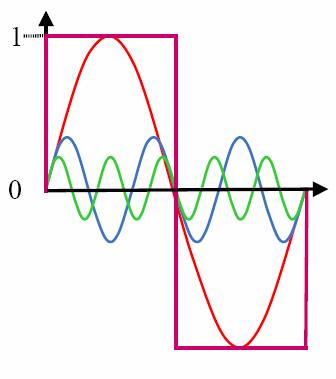Let's say it's 6.15p m and you're going home (alone of
course), after an unusually hard day on the job.
You're really tired, upset and frustrated.
Suddenly you start experiencing severe pain in your
chest that starts to adiate out into your arm and up
into your jaw. You are only about five miles from the
hospital nearest your home. Unfortunately you don't
know if you'll be able to make it that far. You have
been trained in CPR, but the guy that taught the
course did not tell you how to perform it on yourself.
HOW TO SURVIVE A HEART ATTACK WHEN ALONE
Since many people are alone when they suffer a heart
attack, without help,the person whose heart is beating
improperly and who begins to feel faint, has only
about 10 seconds left before losing consciousness.
However,these victims can help themselves by coughing
repeatedly and very vigorously. A deep breath should
be taken before each cough, and the cough must be deep
and prolonged, as when producing sputum from deep
inside the chest.
A breath and a cough must be repeated about every two
seconds without let-up until help arrives, or until
the heart is felt to be beating normally again.
Deep breaths get oxygen into the lungs and coughing
movements squeeze the heart and keep the blood
circulating. The squeezing pressure on the heart also
helps it regain normal rhythm. In this way, heart
attack victims can get to a hospital. Tell as many
other people as possible about this. It could save
their lives!!Let's say it's 6.15p m and you're going home (alone of
course), after an unusually hard day on the job.
You're really tired, upset and frustrated.
Suddenly you start experiencing severe pain in your
chest that starts to adiate out into your arm and up
into your jaw. You are only about five miles from the
hospital nearest your home. Unfortunately you don't
know if you'll be able to make it that far. You have
been trained in CPR, but the guy that taught the
course did not tell you how to perform it on yourself.
HOW TO SURVIVE A HEART ATTACK WHEN ALONE
Since many people are alone when they suffer a heart
attack, without help,the person whose heart is beating
improperly and who begins to feel faint, has only
about 10 seconds left before losing consciousness.
However,these victims can help themselves by coughing
repeatedly and very vigorously. A deep breath should
be taken before each cough, and the cough must be deep
and prolonged, as when producing sputum from deep
inside the chest.
A breath and a cough must be repeated about every two
seconds without let-up until help arrives, or until
the heart is felt to be beating normally again.
Deep breaths get oxygen into the lungs and coughing
movements squeeze the heart and keep the blood
circulating. The squeezing pressure on the heart also
helps it regain normal rhythm. In this way, heart
attack victims can get to a hospital. Tell as many
other people as possible about this. It could save
their lives!!




